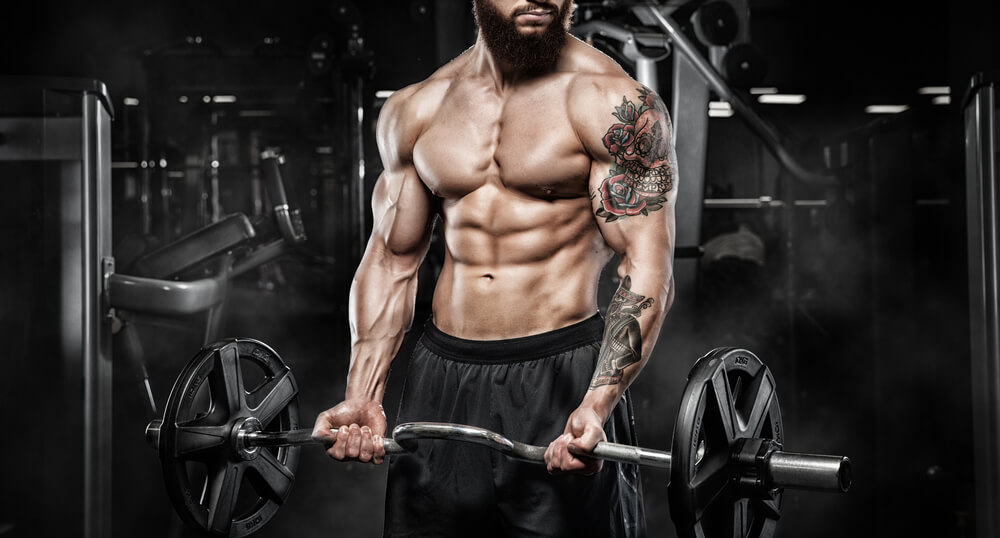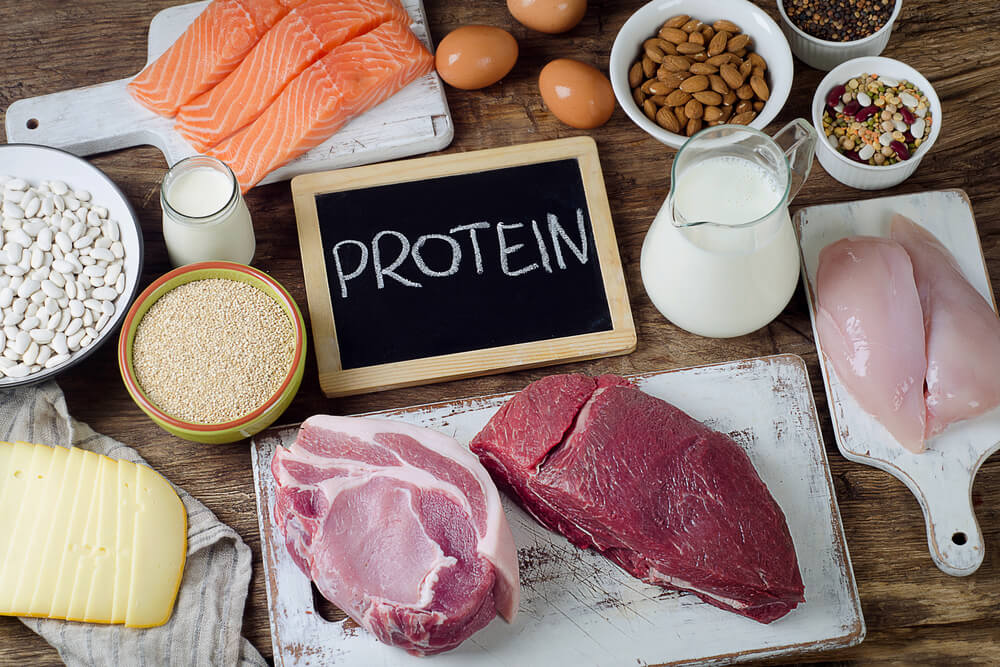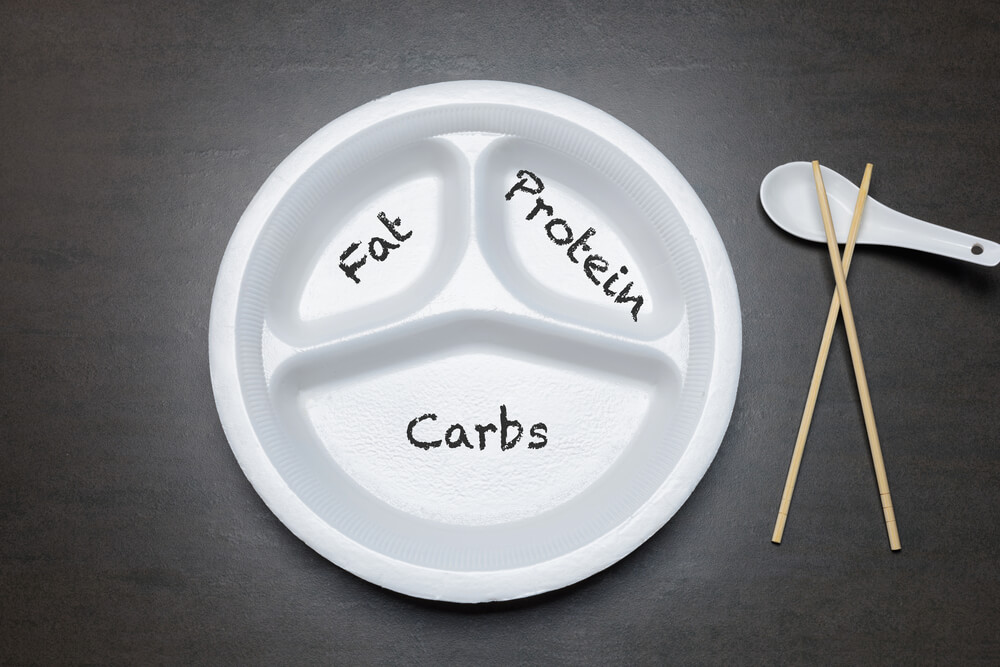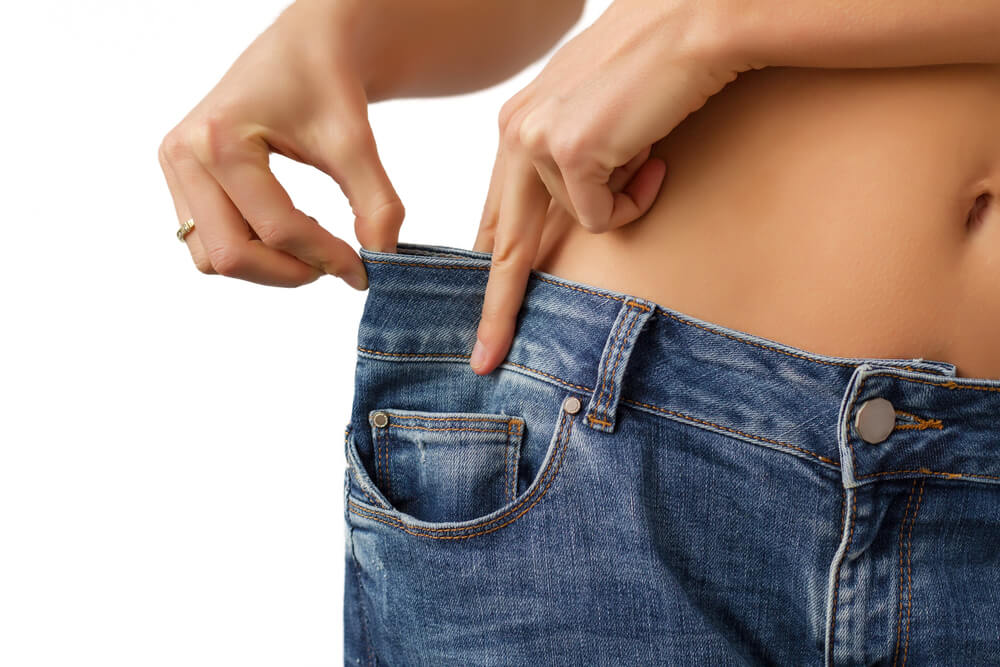
With the start of the new year now is the perfect time to establish new fitness goals for yourself. If your fitness goals are to get stronger that shouldn’t be a problem. Just put in the time at the gym and, slowly but surely, you’ll start to see gains.
However, what happens when you want to not only boost your strength but increase your size?
What does a weight lifting diet consist of?
You will need to slightly adjust the way you lift and you’ll need to adjust your diet in order to implement a weight lifting diet. When opting for size you will want to increase your reps in order to add extra strain on your muscle fibers. However, in order to rebuild the muscles even larger than what you had before you’ll need to tweak what you eat. Here is what you need to know about a weight lifting diet and how you should go about doing it.
Protein

Above everything else, you need protein. If you don’t consume enough protein you’ll never reach your fitness goals. It is as simple as that. You can get stronger, you can cut fat, you can get abs all with a minimal diet, but if you don’t have the protein you’ll never have the muscles.
But just how much protein should you be eating?
Well, that depends. A general rule of thumb is a gram of protein per pound you weigh. So, if you weight 160 pounds you’ll want to consume 160 grams of protein. However, that is not an exact science.
Each person is a bit different so your metabolism will burn and use protein in slightly different variables. Some individuals might need slightly under a gram of protein to build muscle while others might need slightly more. It really comes down to some experimentation.
When first starting off with your diet don’t jump right in the deep end of the protein world. You don’t want to go from consuming 60 grams of protein to 160 in one day. As is the case with everything else your body needs some time to adjust to this increase in consumption, so don’t do it right away. You will want to do it gradually.
Start with the amount of protein you are currently eating and increase it slowly over the next few weeks. You can easily add five grams of protein to your total every day from where you’re at and, by the time you reach your target amount, your body will be better equipped to process all the protein you’re taking in (US News, 2015).
Carbs And Fat Are Fine

Carbohydrates and fats are fine for energy. Your body will turn to these as the main energy source. In fact, your body will process carbs and fats before protein, so having some carbs and fats in your diet will help give you energy throughout your workout.
However, you don’t need a high amount of carb and fat energy for weight training. If you were gearing up for extensive running, for a four-hour football practice, for an all-day basketball tournament, or some other event, you’ll want a carb and fat rich meal as this will give you sustained energy.
Because you don’t need the sustained energy like that you don’t need to go overboard with carbs. You shouldn’t fully exclude fats and carbs from your diet, but you don’t need to seek out foods rich in carbs and fats either.
Here’s the thing about carbs and fats though. If you go lean on the amounts of carbs and fats you consume your body will turn to other sources for energy.
This means your body will begin to use the protein you ate for energy, which in turn will leave you fewer grams of protein for rebuilding your muscles.
This is alright, but it will mean you’ll need to increase the amount of protein you consume (which is another reason why some people do need to increase their protein consumption over the 1 gram per pound they weigh).
Calories
When you want to drop weight you will need to burn more calories than you eat. However, when you want to put on muscle mass you need to do the exact opposite.
You will need to have more calories coming in than normal. Now, there are going to be some who suggest going extremely crazy with your calorie load.
They might tell you to consume 7,000 calories a day. Don’t do that. Unless you’re in an NFL training camp and you need to bulk up in order to play defensive tackle, or you’re training on a bike for 12 hours a day there is absolutely no reason to go this high with your calorie count.
As mentioned earlier you are weight training and not doing extreme cardio and fitness programs. If you were doing that all day then yes, you might want to shoot for the higher calorie counts, but in general if you aim for that kind of calorie rich dit you’re going to put on much more fat than actual muscle.
According to Sports Medicine (2004) you will want to increase your calorie intake by about 15%. This means if you’re consuming an average of 3,000 calories per day you will boost it to about 3,450. This will give you the necessary calories you need to build muscle without drastically increasing your fat storage.
Spreading It Out
One of the biggest diet mistakes many trying to put on muscle mass make is cramming all the protein into one or two meals. Sadly, it doesn’t work that way. You generally can’t consume 60 or 80 grams of protein in one meal and expect your body to be able to process all of it and use it for rebuilding your muscles.
Now, you may have heard stories of celebrity actors eating nothing but rotisserie chicken while bulking up for certain roles. Hugh Jackman, for example, has gone on record many times to talk about how he ate nothing but rotisserie chicken while working out for his role as Wolverine in the X-Men movies.
Eating a full chicken for a meal would result in an extremely large amount of protein.
However, Hugh’s daily workout routine hit most of his muscles every day, so he did require more protein to repair his muscles.
He also weighs over 200 pounds, so he would need to break up over 200 grams of protein (even more for his fitness requirements). Unless you’re working out hours and hours a day, every day, you
So how should you go about eating protein?
This rule goes for your diet in general and not just protein, but you need to be shooting for four to six meals a day. These meals do not need to be full meals, but you need to have three standard meals (breakfast, lunch, and dinner), plus larger snacks in between. This will have a two-pronged benefit.
First, it helps keep your metabolism going. By constantly fueling your energy fire you will burn more and more calories as you work out and go through the day.
The second benefit is your body will constantly have protein to draw form in order to rebuild your damaged muscles. This is another reason why you don’t want to try and pile on all of your protein at once. Your body will not be able to use the massive amount of protein at one time and then you’ll find yourself without protein at other points of the day when you do need it (USFA).
By keeping in mind the one gram of protein per pound you weigh you can spread it out throughout your four to six meals.
Protein Before Bed
There are all kinds of diets or dietary routines that will tell you not to eat anything after dinner (or at least a few hours before bed). This has the potential to be detrimental to your muscle gains. Why? Because your body performs most of its repairing while you are asleep.
When you are awake your body has all kinds of other activities it needs to perform, ranging from walking to talking to manipulating traffic and doing whatever else you might do during the day. This all takes energy. It also pushes your blood flow to other parts of your body. With blood in other parts of your body, your body won’t be able to focus on repairing it until it gets an opening, which is when you sleep.
If you don’t have available protein when you sleep your body will not be able to fully engage its repair abilities. Due to this, you need to consume protein before going to bed. This way you have protein in your stomach and your boy can absorb it and use it to repair the damaged muscle tissue.
But what kind of protein should you consume?
You don’t want to eat an entire steak right before bed. That’s pretty tough on your stomach and it will really need to work to break down this kind of meal. When your body needs to work hard to break down food you’ll wake up with an upset stomach, have a gassy, bloated stomach, or there will be other problems you’ll deal with.
Basically it won’t at all be comfortable. So instead you need something with protein but is easily digestible. A protein powder is good for this.
Whey protein, for example, is easily broken down and can be digested and absorbed by your body quickly. If you are lactose intolerant look for a plant based protein powder that is easy to digest.
If you wake up with an upset stomach or if you have a gassy belly in the morning you’ll want to change the kind of protein you take at night. But whatever you do, it is important for you to have some kind of protein source in your stomach before going to bed (Healthline, 2018).
Cutting

When you are looking at a weight lifting diet you will have two options. The first one is to maintain the diet for as long as you’re weight training. The second option is to bulk up and then cut down.
During the bulking phase you will aim at building as much muscle as possible during a given time period. When you want to bulk up quickly you will increase your fat mass, but the cutting stage is designed to shred the unwanted fat.
As the same Sports Medicine (2004) article suggests, while the bulking phase will come with a 15% increase in calories from your base consumption, you will want to then decrease your base calorie consumption by 15%. This means you’ll end up consuming around 2,550 calories per day.
As you can see this isn’t all that big of a difference between your standard calorie intake and what you bulk with or cut with, but in total there is about a 900 calorie difference (based on this 3,000 calories per day example).
In total this is 6,300 calories per week, which means you’ll be able to cut several additional pounds of body fat off your body every month just by making the slight adjustment.
Bulking and cutting does not need to be an extreme practice. Many go excessive, which can be dangerous to your body. It is similar to yo-yo dieting, which can lead to health problems and undesirable side effects. If you are planning on bulking and cutting, stick to the 15% calorie increase and decrease.
In Conclusion
When you want to put on extra muscle it is essential for you to consume enough protein for your body to constantly repair and rebuild your muscles. Getting enough protein is your first requirement. You’ll never increase your muscle size if you don’t eat enough protein.
As long as you do this and you spread it out throughout your day you will have enough protein to help you achieve your muscle growth goals.
So whether you’ve been lifting for years now or you’re just getting into it make sure to follow these steps. By combining these steps with work put in at the gym you’ll accomplish your fitness goals in no time.
-Terry Asher
Terry Asher
Latest posts by Terry Asher (see all)
- Better Family – Product Review Liquid Daily 2 oz - Dec 16, 2024
- Post-Workout Recovery: The Key to Optimal Performance - Nov 25, 2024
- Pre-Workout Supplements – Everything You Need To Know - Nov 18, 2024











[…] post Weight Lifting Diet appeared first on Gym […]
[…] Read The Entire Article By Terry Asher Here. […]
Your post is great and engaging, the content is very practical, and gets people’s attention. Thank you for sharing.
[…] This article was originally published by Gymjunkies.com. Read the original article here. […]
[…] Source link […]
[…] a simple food map—but it’s one that guarantees muscle growth. Every lifter needs to tweak their diet, at some point, but new lifters have a major advantage over those who’ve trained for years: Their […]
[…] a simple food map—but it’s one that guarantees muscle growth. Every lifter needs to tweak their diet, at some point, but new lifters have a major advantage over those who’ve trained for years: Their […]
[…] a simple food map—but it’s one that guarantees muscle growth. Every lifter needs to tweak their diet, at some point, but new lifters have a major advantage over those who’ve trained for years: Their […]
This is very smart, really an intelligent idea. This is my first time in your blog and I really love it. Thanks for this awesome post. How to cut hair with scissors
[…] instantly. Whether that is adding an extra five pounds to the bar, or simply performing the same lift better. This can be an important factor to motivate you to go smash some weights. Especially in a […]